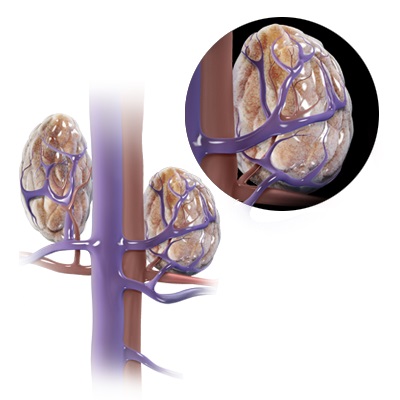Cushings Disease

Cushing’s disease or hyperadrenocorticism develops when there’s excessive production of cortisol hormone from the adrenal glands. The disease has three different forms.
- One is caused due to presence of a microscopic tumor in the pituitary gland at the base of the brain. This tumor causes overstimulation of the adrenal gland and results in overproduction of the hormone. It is the most common form to occur.
- In some cases, the tumor is present within the adrenal gland instead of the pituitary gland and causes excessive production of cortisol hormone. These tumors can be malignant or benign.
- The third form results due to persistent use of steroid medications e.g., prednisone, dexamethasone.
In all the above mentioned forms the symptoms of the disease are similar. These include excessive urination, increased thirst, lethargy, increased appetite, hair loss, enlargement of the abdomen, and curling of the ear tips. Diagnosis of hyperadrenocorticism includes multiple specialized blood tests, urine tests, and radiograph imaging (x-rays/ ultrasound). Treatment is planned based on the form of disease present. If there’s a pituitary tumor, it can be managed with drug therapy only while in the case of adrenal gland tumor, it may require surgical removal of the tumor. Disease caused due to chronic use of medication requires withdrawal of steroid medication. If left untreated, the disease can result in hypertension and recurring infections along with other complications.
